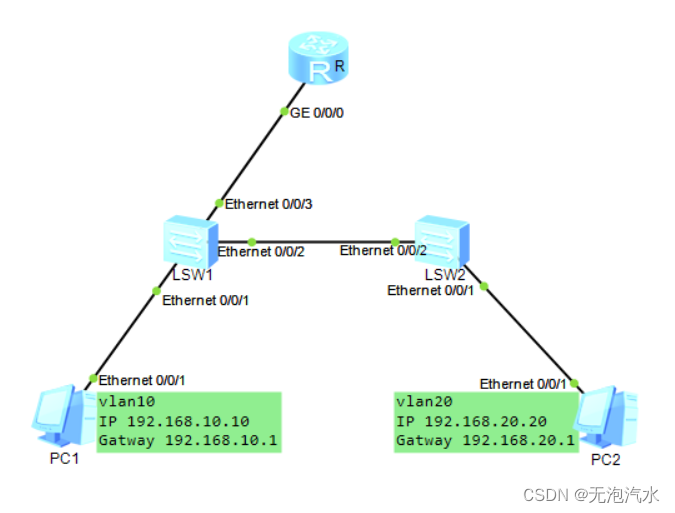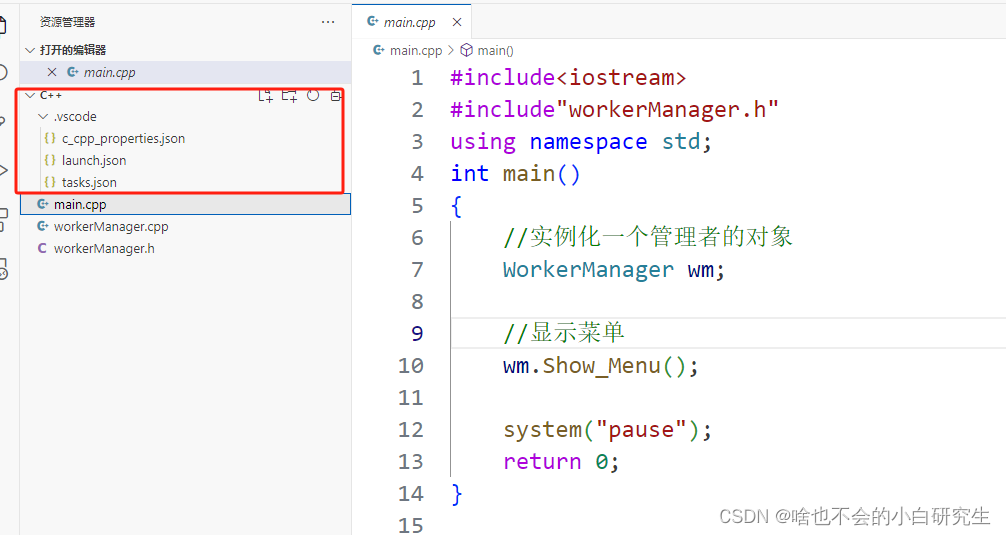EtherNet/IP (Ethernet/Industrial Protocol) is a communication system suitable for use in
industrial environments. EtherNet/IP allows industrial devices to exchange time–critical
application information. These devices include simple I/O devices such as sensors/actuators, as
well as complex control devices such as robots, programmable logic controllers, welders, and
process controllers.
EtherNet/IP uses CIP (Control and Information Protocol), the common network, transport and
application layers also shared by ControlNet and DeviceNet. EtherNet/IP then makes use of
standard Ethernet and TCP/IP technology to transport CIP communications packets. The result
is a common, open application layer on top of open and highly popular Ethernet and TCP/IP
protocols.
EtherNet/IP provides a producer/consumer model for the exchange of time–critical control data.
The producer/consumer model allows the exchange of application information between a
sending device (e.g., the producer) and many receiving devices (e.g., the consumers) without
the need to send the data multiple times to multiple destinations. For EtherNet/IP, this is
accomplished by making use of the CIP network and transport layers along with IP Multicast
technology. Many EtherNet/IP devices can receive the same produced piece of application
information from a single producing device.
EtherNet/IP makes use of standard IEEE 802.3 technology; there are no non–standard additions
that attempt to improve determinism. Rather, EtherNet/IP recommends the use of commercial
switch technology, with 100 Mbps bandwidth and full-duplex operation, to provide for more
deterministic performance.
NOTE: EtherNet/IP does not require specific implementation or performance requirements due
to the broad range of application requirements. However, work is underway to define a
standard set of EtherNet/IP benchmarks and metrics by which the performance of devices will
be measured. These measurements may become required entries within a product’s Electronic
Data Sheet. The goal of such benchmarks and metrics will be to help the user determine the
suitability of a particular EtherNet/IP device for a specific application.
The figure below illustrates how EtherNet/IP, DeviceNet and ControlNet share the CIP
Common lay
原文地址:https://blog.csdn.net/shuiyunjian1/article/details/134663647
本文来自互联网用户投稿,该文观点仅代表作者本人,不代表本站立场。本站仅提供信息存储空间服务,不拥有所有权,不承担相关法律责任。
如若转载,请注明出处:http://www.7code.cn/show_6371.html
如若内容造成侵权/违法违规/事实不符,请联系代码007邮箱:suwngjj01@126.com进行投诉反馈,一经查实,立即删除!





![[软件工具]文档页数统计工具软件pdf统计页数word统计页数ppt统计页数图文打印店快速报价工具](https://img-blog.csdnimg.cn/direct/09dfbaff3e9a47a9a551dd65fef5d482.jpeg)
